Elementary Curriculum
A guaranteed and viable curriculum is the variable most strongly related to student achievement at the school level. That is, one of the most powerful things a school can do to help enhance student achievement is to guarantee that specific content is taught in specific courses and grade levels. ~ Robert Marzano
Reading
Language Arts
A reading curriculum should be aligned to the Science of Reading and built skills on both the lower and upper strands of Scarborough's rope to build fluency.
K-5th grade Top of the Rope Curriculum to Build content background: Amplify, Core Knowledge Language Arts.

K-2nd Bottom of the Rope Curriculum to build Foundational Reading Skills in Phonological Awareness and Phonics: 95% Group in Addition to Core Knowledge Language Arts Skills
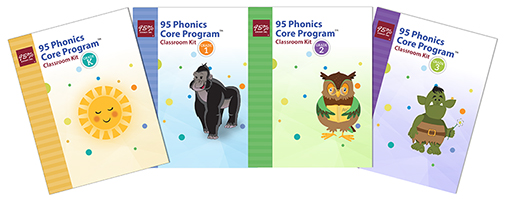
Intervention Programs:
95% Group Intervention
Dyslexia Intervention
6th Grade Reading Curriculum
Houghton Mifflin Harcourt: Into Literature -- strong curriculum with print and digital resources for teachers and students. Focus is on analysis of a wide variety of fiction and nonfiction works building toward college level reading and writing. Built in supports for ELL students and differentiation strategies.
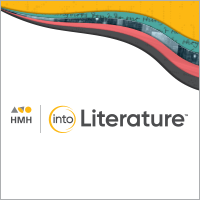
Writing Curriculum
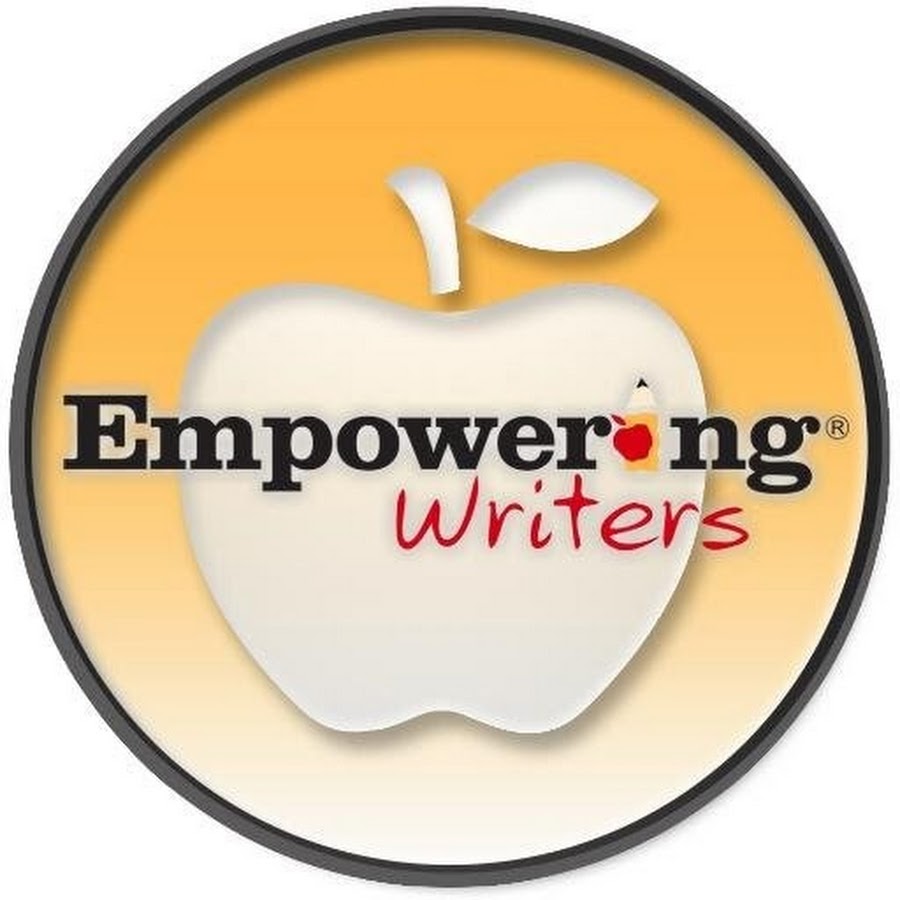
Mathematics
Principles of Strong Mathematics Programs (from NCTM):
The six Principles address overarching themes:
Equity. Excellence in mathematics education requires equity—high expectations and strong support for all students.
Curriculum. A curriculum is more than a collection of activities: it must be coherent, focused on important mathematics, and well articulated across the grades
Teaching. Effective mathematics teaching requires understanding what students know and need to learn and then challenging and supporting them to learn it well.
Learning. Students must learn mathematics with understanding, actively building new knowledge from experience and prior knowledge.
Assessment. Assessment should support the learning of important mathematics and furnish useful information to both teachers and students.
Technology. Technology is essential in teaching and learning mathematics; it influences the mathematics that is taught and enhances students' learning.
K-5th Grade Math Curriculum: Envision Math
Envision Math is a fully aligned math curriculum for grades K-5, includes both print and digital resources. Common formative assessments lead to specific interventions for teachers to implement to build skill and ensure learning.

6th Grade Core Math Curriculum: Illustrative Math Includes digital and print resources, designed to help students talk about math and build solid mathematical foundations for upper level courses.

Math Intervention Programs:


Science
Science Program Standards from National Science Education Standards
All elements of the K-12 science program must be consistent with the other National Science Education Standards and with one another and developed within and across grade levels to meet a clearly stated set of goals.
The program of study in science for all students should be developmentally appropriate, interesting, and relevant to students' lives; emphasize student understanding through inquiry; and be connected with other school subjects.
The science program should be coordinated with the mathematics program to enhance student use and understanding of mathematics in the study of science and to improve student understanding of mathematics.
K-6 Science Curriculum Resources
National Science Teachers Association District Partnership Program
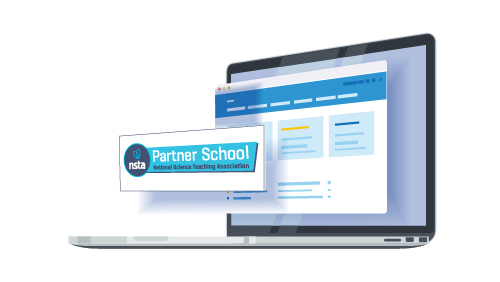
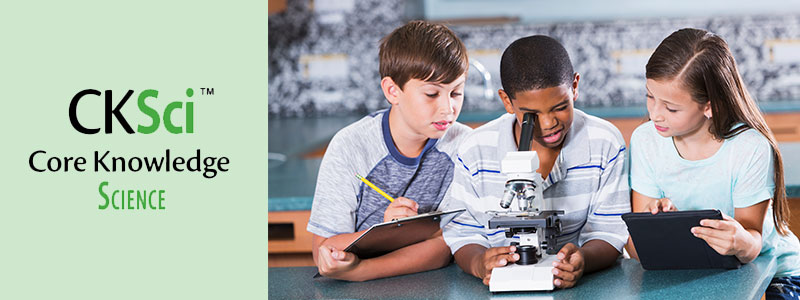
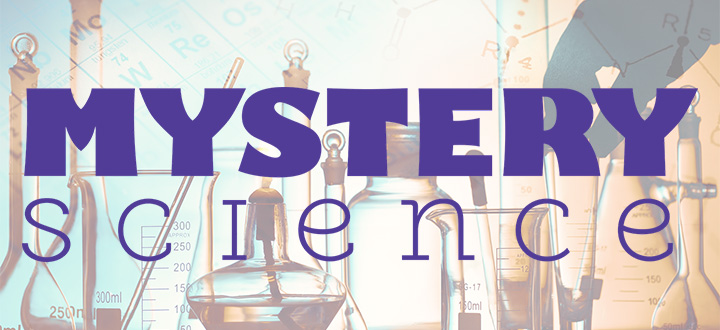
Social Studies
“The aim of social studies is the promotion of civic competence—the knowledge, intellectual processes, and democratic dispositions required of students to be active and engaged participants in public life. By making civic competence a central aim, NCSS emphasizes the importance of educating students who are committed to the ideas and values of democracy. Civic competence rests on this commitment to democratic values, and requires that citizens have the ability to use their knowledge about their community, nation, and world; to apply inquiry processes; and to employ skills of data collection and analysis, collaboration, decision-making, and problem-solving. Young people who are knowledgeable, skillful, and committed to democracy are necessary to sustaining and improving our democratic way of life, and participating as members of a global community.” From National Council for the Social Studies
K-6 Social Studies Curriculum
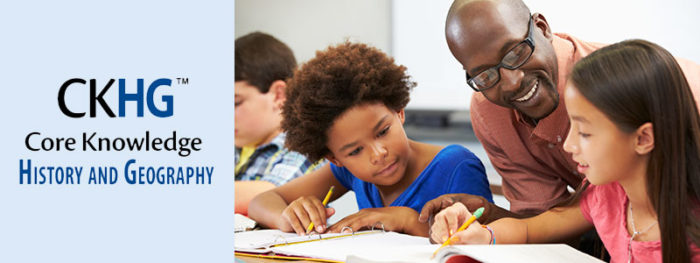
Fine Arts Curricula
Music

Visual Art

Our art teachers have access to Davis Art digital curriculum resources that provides eBooks, fine art images, videos, and Portfolios.
For more information, click here.
Dance

We are proud to announce our partnership with RPM, Revolutionary Principles of Movement who will be providing dance teacher training and guidance for instruction for our dancers.
Find more information here.
Performing Arts

Curriculum Maps/Pacing Guides
A full alignment of all pacing guides and curriculum maps K-12 can be found here:
